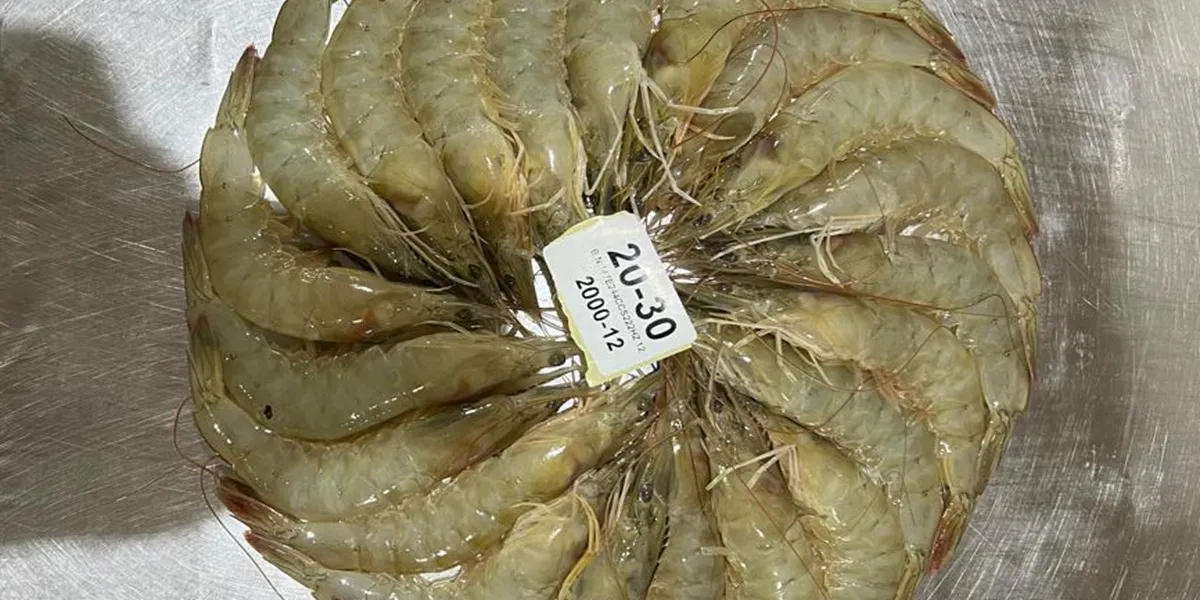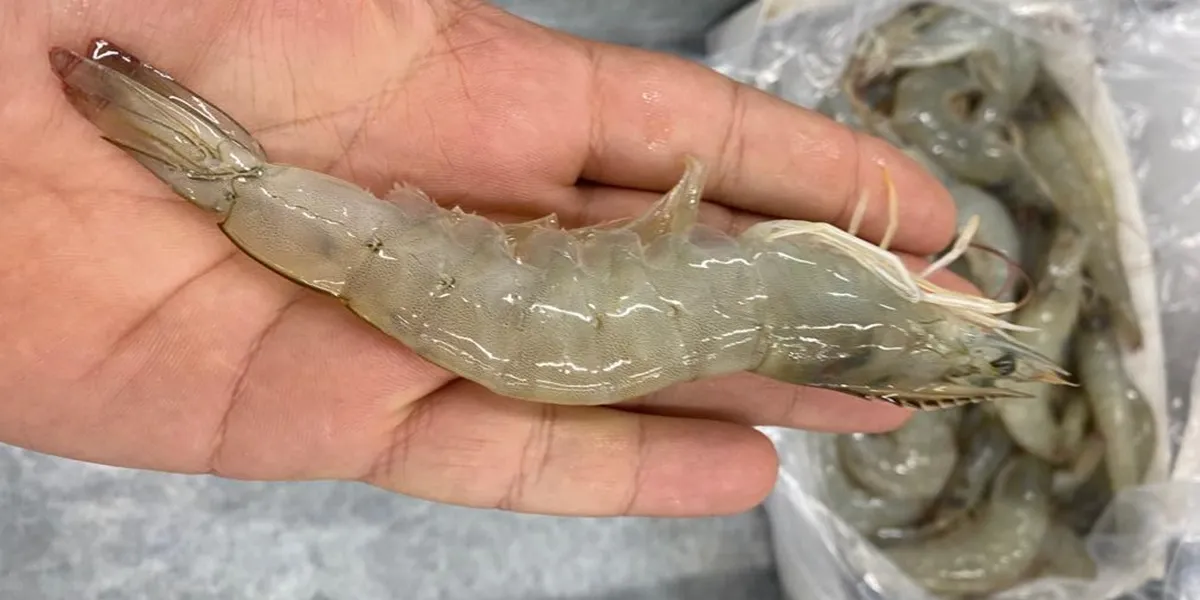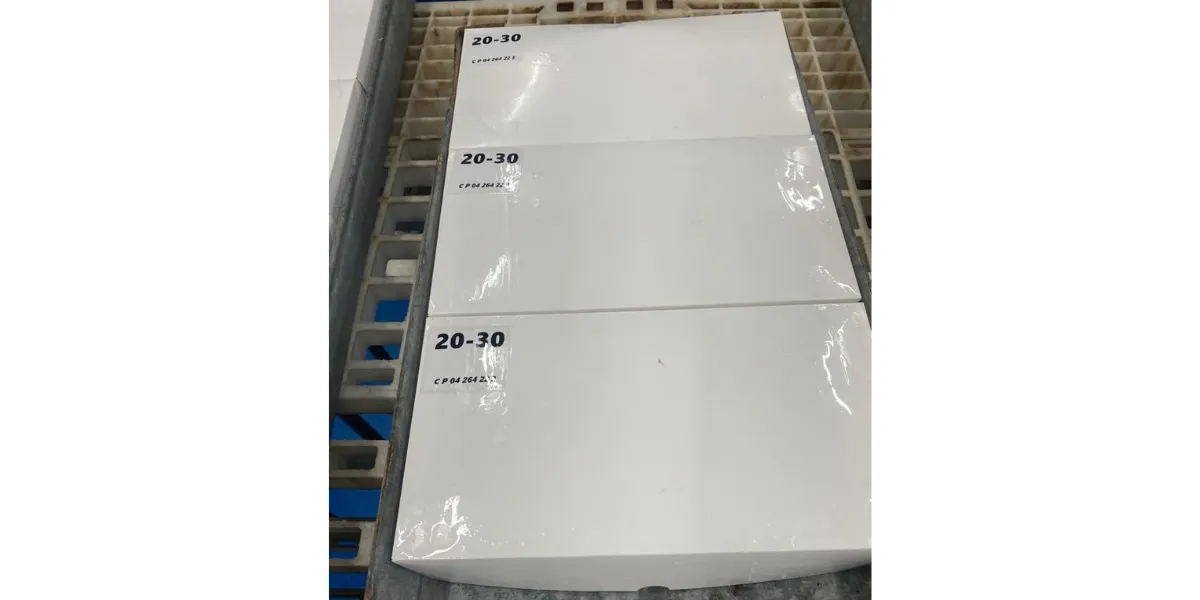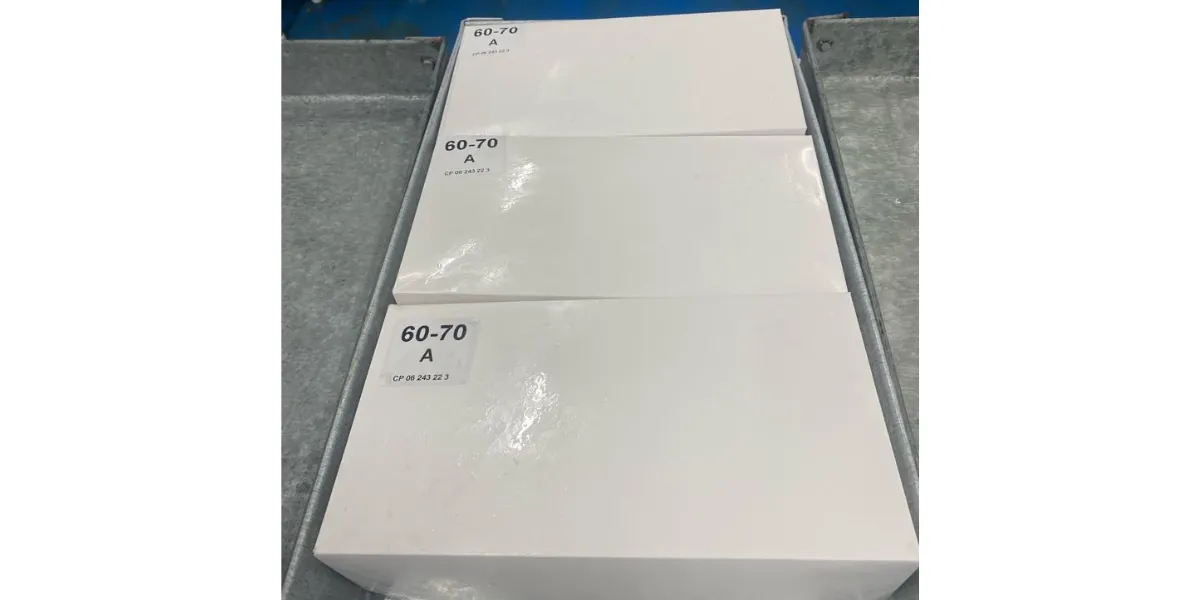In global seafood trade, nothing matters more than trust—and trust begins with health standards. For shrimp exporters, meeting rigorous health and safety benchmarks isn’t just a regulatory checkbox; it’s the gateway to international markets. Countries like the United States, Japan, and members of the European Union enforce strict protocols to ensure imported shrimp is free from contaminants, pathogens, and chemical residues. These health standards in shrimp export cover everything from aquaculture practices and water quality to cold chain logistics and microbiological testing.
Exporters who fail to comply risk shipment rejection, reputational damage, and financial loss. On the other hand, those who invest in robust quality assurance systems—such as HACCP, traceability platforms, and third-party certifications—gain access to premium buyers and long-term contracts. In this article, we’ll explore the essential health standards in shrimp export, backed by scientific insights and global regulations. Stay with us to discover how to elevate your shrimp business to world-class quality.
Why Quality Assurance Is the Backbone of Shrimp Export Success
Quality assurance isn’t just a technical requirement—it’s the foundation of trust in the global shrimp trade. Exporters who prioritize QA build long-term relationships with buyers, avoid costly rejections, and meet the ever-evolving health standards in shrimp export. From pond management to final packaging, every step must be monitored and documented.
Companies like Pishva Holding have demonstrated how integrated QA systems can elevate Iranian shrimp to premium markets. Their approach includes:
- Regular water quality testing
- Feed traceability
- Cold chain integrity
- Batch-level documentation
In today’s competitive seafood market, quality assurance isn’t optional—it’s strategic. Exporters who invest in robust QA frameworks not only meet health standards in shrimp export but also gain access to high-value buyers in Europe, Japan, and the U.S. It’s not just about passing inspections—it’s about building a brand that stands for safety and reliability.
Understanding Global Health Standards for Shrimp Export
Navigating international health standards in shrimp export requires more than technical know-how—it demands strategic alignment with global regulations. Countries like the U.S., EU, and Japan enforce strict sanitary and phytosanitary (SPS) rules that govern everything from microbial safety to chemical residues.
For an Iranian Shrimp Supplier & Wholesale, understanding these standards is key to market access. The most critical certifications include:
- Health Certificate: Confirms product safety and origin
- HACCP Certification: Ensures hazard control
- GlobalG.A.P.: Validates sustainable farming practices
- ASC Certification: Recognized by eco-conscious buyers
Meeting health standards in shrimp export isn’t just about avoiding rejection—it’s about positioning your product as premium. Iranian suppliers who align with these benchmarks can tap into retail chains, foodservice distributors, and gourmet markets. The key is to treat compliance not as a burden, but as a competitive advantage.
HACCP: The Cornerstone of Shrimp Safety Protocols
The Hazard Analysis and Critical Control Points (HACCP) system is the gold standard for food safety—and a mandatory requirement for meeting health standards in shrimp export. It’s not just a checklist; it’s a preventive framework that identifies risks before they become problems.
Understanding The difference between farmed and wild shrimp is crucial here. Farmed shrimp, while more controllable, are prone to feed-related hazards. Wild shrimp, on the other hand, may carry environmental contaminants. HACCP helps manage both.
Key HACCP steps in shrimp export:
- Hazard identification (e.g., Vibrio, Salmonella)
- Critical control points (e.g., cooking temperature, freezing)
- Monitoring procedures
- Corrective actions
- Recordkeeping
| HACCP Step | Example in Shrimp Export |
| Hazard Identification | Vibrio in raw shrimp |
| CCP Monitoring | Freezing at -18°C |
| Corrective Action | Reprocessing contaminated batch |
Countries like Canada, Japan, and the EU require HACCP certification for shrimp imports. Exporters who implement HACCP not only meet health standards in shrimp export but also demonstrate professionalism and reliability. It’s the difference between being a supplier—and being a trusted partner.
Microbiological Testing: Ensuring Shrimp Is Free from Pathogens
Microbiological testing is the frontline defense against foodborne illness in shrimp export. It verifies that shrimp are free from harmful pathogens like Vibrio spp., Salmonella, and E. coli, which are major concerns in global health standards in shrimp export.
Testing is typically done at three stages:
- Farm level: Water and feed samples
- Processing stage: Surface swabs and batch testing
- Pre-export: Final product verification
| Pathogen | Risk Level | Detection Method |
| Vibrio spp. | High | PCR, culture methods |
| Salmonella | Critical | ELISA, enrichment |
| E. coli | Moderate | MPN, membrane filter |
Accredited labs play a vital role. Exporters should work with ISO 17025-certified facilities to ensure results are internationally accepted. Regular testing not only fulfills health standards in shrimp export but also builds buyer confidence.
Microbiological safety isn’t just about passing tests—it’s about protecting public health and maintaining brand integrity. In a market where one contaminated shipment can damage years of reputation, proactive testing is a must.
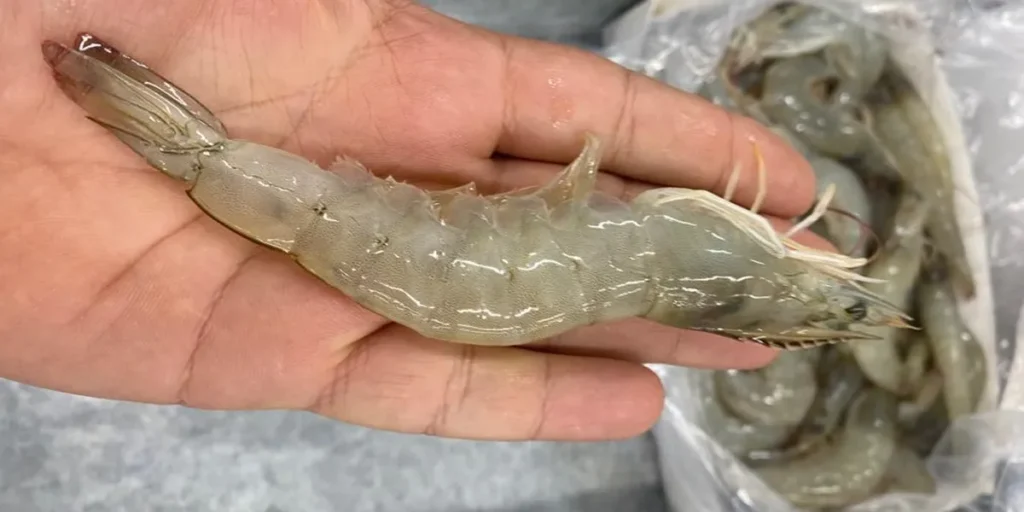
Chemical Residue Monitoring: Avoiding Export Rejections
Chemical residue monitoring is one of the most scrutinized aspects of health standards in shrimp export. Importing countries enforce Maximum Residue Limits (MRLs) for antibiotics, pesticides, and heavy metals. Exceeding these limits can lead to shipment rejection, fines, or even blacklisting.
Key residues monitored include:
- Nitrofurans
- Chloramphenicol
- Malachite green
- Lead and cadmium
| Residue Type | Common Source | MRL (EU) |
| Nitrofurans | Antibiotic misuse | 0.5 ppb |
| Malachite green | Fungicide in ponds | Not permitted |
| Lead | Contaminated water | 0.3 mg/kg |
Exporters must implement Residue Monitoring Plans (RMPs) that include farm-level controls, processing audits, and pre-export sampling. These plans should be aligned with Codex Alimentarius and importing country regulations.
Meeting chemical safety benchmarks is essential for complying with health standards in shrimp export. It’s not just about avoiding penalties—it’s about proving your shrimp is clean, safe, and ready for global shelves.
Certifications That Matter: ASC, GlobalG.A.P., and Organic Labels
Certifications are more than badges—they’re proof that your shrimp meets global health standards in shrimp export. Buyers in Europe, North America, and Asia increasingly demand certified products that align with sustainability, food safety, and ethical labor practices.
Key certifications include:
- ASC (Aquaculture Stewardship Council): Focuses on responsible farming, biodiversity protection, and disease control.
- GlobalG.A.P.: Covers good aquaculture practices, traceability, and hygiene protocols.
- Organic Certification: Ensures shrimp are raised without synthetic chemicals, antibiotics, or GMOs.
These certifications are essential for entering regulated markets and building trust. They also help exporters comply with health standards in shrimp export by ensuring consistent quality and traceability. Investing in certification is not just about compliance—it’s about positioning your brand for long-term success.
Traceability Systems: Building Transparency from Pond to Port
Traceability is no longer optional—it’s a core requirement of health standards in shrimp export. It allows buyers and regulators to track shrimp from farm to fork, ensuring safety, accountability, and rapid response in case of contamination.
According to the Seafood Task Force Traceability Code of Conduct, exporters must document six key data elements (KDEs):
- Buyer and seller identification
- Farm location (GPS)
- Harvest and processing dates
- Batch numbers
- Health certificates
- Transport records
Traceability systems help meet health standards in shrimp export by reducing fraud, improving recall efficiency, and boosting buyer confidence. Exporters who implement digital traceability platforms are better positioned to meet regulatory demands and differentiate their products in competitive markets.
Cold Chain Management: Preserving Shrimp Quality During Transit
Cold chain management is critical to maintaining freshness and safety in shrimp export. According to FAO guidelines, shrimp must be kept at consistent temperatures from harvest to delivery to prevent spoilage and microbial growth.
Best practices include:
- Freezing shrimp at -18°C or lower
- Using insulated packaging and gel packs
- Monitoring temperature with IoT sensors
Documenting temperature logs for each shipment
Maintaining the cold chain is a direct requirement of health standards in shrimp export. Even minor temperature fluctuations can lead to rejection, financial loss, or reputational damage. Exporters who invest in reliable cold chain infrastructure not only protect their product but also meet the expectations of high-end buyers.
Regulatory Compliance: Navigating Export Laws and Import Protocols
Regulatory compliance is the backbone of successful shrimp export. Each importing country has its own set of rules, and failing to meet them can result in shipment rejection or legal penalties. Complying with health standards in shrimp export means understanding and aligning with these protocols.
Key documents include:
- Health Certificate
- Certificate of Origin
- HACCP Certification
- Importer registration (e.g., FDA, TRACES)
Exporters must stay updated on changing regulations and ensure all documentation is accurate and complete. Meeting health standards in shrimp export is not just about product quality—it’s about legal readiness and operational discipline.
Common Pitfalls in Shrimp Export QA—and How to Avoid Them
Even experienced exporters can fall into traps that compromise quality and compliance. Avoiding these pitfalls is essential to meet health standards in shrimp export and maintain buyer trust.
Frequent mistakes include:
- Incomplete documentation
- Inconsistent cold chain monitoring
- Use of banned antibiotics
- Poor traceability systems
- Lack of staff training
According to JALA’s Shrimp Talk webinar, exporters must prioritize product quality and invest in training, technology, and certification. By proactively addressing these issues, businesses can align with health standards in shrimp export and build a resilient supply chain.
Final Thoughts: Building a Shrimp Export Strategy That Lasts
Exporting shrimp is no longer just about volume—it’s about verified quality. In today’s competitive seafood market, buyers demand transparency, safety, and consistency. That’s why understanding and implementing health standards in shrimp export is non-negotiable. From pathogen screening and residue monitoring to certification schemes like ASC and GlobalG.A.P., every step in the supply chain must be documented and defensible. Cold chain management, digital traceability, and compliance with importing country regulations are no longer optional—they’re expected. The good news?
These standards don’t just protect consumers—they also protect your brand. By aligning your operations with global health benchmarks, you position your shrimp business for sustainable growth, reduced risk, and premium pricing. Whether you’re a farm owner, processor, or exporter, investing in quality assurance is the smartest move you can make. Let this be your roadmap to mastering shrimp export with confidence and credibility.
FAQ
1. What certifications are required for shrimp export? ASC, GlobalG.A.P., and Organic certifications are widely accepted and help meet health standards in shrimp export.
2. Why is traceability important in shrimp export? It ensures transparency, supports recall management, and builds buyer trust.
3. What temperature should shrimp be stored at during transit? Frozen shrimp should be kept at -18°C or lower to maintain quality and safety.
4. Which documents are essential for regulatory compliance? Health Certificate, Certificate of Origin, HACCP certification, and importer registration.
5. What are common mistakes in shrimp export QA? Poor documentation, cold chain failures, and lack of traceability are frequent issues.

